Commander Liwayway and Other Filipino Women Who Fought During World War II
The “Huk Amazons” were military commanders, leaders, soldiers, spies, and more.
In Atlas Obscura’s Q&A series She Was There, we talk to female scholars who are writing long-forgotten women back into history.
It was warm, as usual, as Commander Liwayway reapplied her lipstick and loaded her gun. The dense greenery of the jungle unfurled before her as a rooster yelled and gunshots blared. She looked around at the 100 or so men hidden in the underbrush: her men, her unit, Squadron 3-V. In the distance, she heard her lead commander, Eusebio Aquino, ordering the retreat. Some of the men looked to her, seeing if she would follow Aquino’s order and issue her own. She and her men were easily outnumbered. But, as if to answer her men’s questioning looks, she raised her gun, aimed, and fired again and again at the approaching Japanese soldiers.
“My men and I stayed. We did not retreat. By the time the reinforcements came, we were very near to overcoming the Japanese and their allies from the Philippine Constabulary. In the end, the enemy retreated and I was commended for fighting even though the other commanders already gave up,” Liwayway told historian Vina Lanzona of the University of Hawaiʻi-Mānoa (UHM) more than half a century later. Commander (sometimes spelled Kumander) Liwayway wasn’t the only woman to take up arms against the Japanese during the Huk Rebellion, a guerilla campaign that began shortly before World War II and lasted into the 1950s. In her book, Amazons of the Huk Rebellion: Gender, Sex, and Revolution in the Philippines, Lanzona uncovers the stories of female Huk leaders, commanders, soldiers, spies, and other women involved in the movement.
As Lanzona wrote in her book, the Huks were “the first major political and military organization in the country to include and actively recruit women.” Globally, they were far from the only women who joined the war effort during World War II (see the female spies of England’s Special Operations Executive (SOE), the U.S.A.’s all-Black, all-female 6888th Central Postal Directory Battalion, or the Soviet Union’s night witches). But the “Huk Amazons,” as women in the rebellion were known, made up a significant portion of the movement. Atlas Obscura spoke with Lanzona about Liwayway’s love of lipstick, why so many women joined the rebellion, and why their stories matter.

What was the Huk Rebellion?
The Philippines had been under Spanish rule for more than 300 years, 1521 to 1898. And after that, the Americans took over and occupied the Philippines from 1898 until the 1940s. But during the ’30s, there was already the promise of impending independence. There were already a lot of organizations mobilizing peasants and working-class citizens for different political reasons. Then when the war started in 1941, this movement decided that they will form an anti-Japanese guerrilla army, which then became the Huk Movement or the Hukbalahap or Hukbo ng Bayan Laban sa Hapon, which means the anti-Japanese liberation army. So basically, they used the networks of the Communist and the Socialist movements, the labor movements, and peasant movements, et cetera, to form this guerrilla resistance army. So that’s the first phase of the Huk Rebellion.
And then after the war, when the Philippines gained independence, there was a chance for the Huks to give up their arms and join the government and to exist legally in the political arena. But World War II then became the Cold War. So anything affiliated with communism or the Communist Party or the Socialist Party was deemed illegal by the government and basically, most of these movements, including their members, were then persecuted. There were some leaders who were even assassinated or jailed. So because of this persecution, they decided not to give up arms, but to actually continue their rebellion. So the second phase of the movement was still called the Huk movement, but this time they were called the Hukbong Magpapalaya ng Bayan (HMB), which means People’s Liberation Army. So it’s no longer against the Japanese, but this time it’s against the Philippine government.
How did women get involved in the movement?
During the 30s, women were already involved, in the peasant movements especially. So they already have this tradition of resistance and radicalism. So a lot of women who were already part of this organization decided to join the Huk movement.

What kind of roles did these women fill within the Huk rebellion?
Women were very crucial in terms of the support network. During the Japanese occupation, women were able to get intelligence about Japanese movements, so they acted as spies, spying on the Japanese and then telling the guerrillas about their movements. The women were also very crucial in terms of organizing and recruiting more people to join the guerrilla movement. Because women are always seen as less threatening, they could freely move around the areas which were even heavily controlled by the Japanese. So they became intelligence agents, spies, organizers. A lot of women also became part of the education department, [which] was meant to educate the so-called masses about what the movement was all about and what they were fighting for.
Eventually, a very limited number of women actually became part of the military department where they were trained in the use of weapons and guns. They were right there fighting with the men. I was even able to track three women who became commanders of their platoons, who were trained as soldiers and then commanded a group of male soldiers in operations against the Japanese. There is one woman, Celia Mariano-Pomeroy, who became a member of the politburo, which is the highest-ranking body in the movement.
Can you tell me about Commander Liwayway?
Her real name is Remedios Gomez-Paraiso, but her soldier’s name is Commander Liwayway, meaning “Dawn” in Filipino. She did not finish high school because she had to help out the family. But her father was a very prominent peasant leader who eventually became the mayor of their town in Pampanga during the Japanese occupation. Growing up, she was already involved in the movement in different ways. She was a beauty pageant winner, so she was involved in different kinds of festivities relating to the peasant organization. She wasn’t very involved politically. But then her father became one of the first casualties of the Japanese because he refused to cooperate with the Japanese when they entered the town. He refused to surrender. So the Japanese punished him and tortured him and killed him. His body was displayed in the town for everyone to see. So at that point, she did not have any choice but to leave their town and join the rebellion and move into the mountain camps where the guerrillas were hiding. In fact, the Japanese didn’t even give the family his body. There was so much anger and feelings of vengeance. And I think that those feelings really catapulted Liwayway to train herself to be a good soldier—not just in terms of the organization, but really in terms of combat. And then when they wanted a commander leading a group of men, she volunteered and, in fact, had already earned the respect of the men around her. She became kind of legendary.

How is Commander Liwayway, who died in 2014, remembered today?
People, especially from Pampanga, still remember Commander Liwayway. She has this kind of legendary image of being in men’s uniforms, carrying weapons, riding this white horse, and then leading this group of men to military battles and victories. [But she almost] always wore dresses. And in fact, she was legendary not just for her military exploits, but for being so glamorous and wearing lipstick every time she went into a battle.
What have you learned from these women, from talking to them and writing about them?
I think what I’ve learned is that it’s really essential to uncover these hidden histories and the stories of women because they were right there at the center of everything, even though they were marginalized. Even though their voices and their side of the story are not reflected in history, they’re very central. There’s no such thing as women being peripheral figures. In fact, they’re very central because they both shape and make these histories.
I think I also learned that we should always try to look for these stories and not be discouraged from their seeming invisibility. Because once you have this idea that they’re central to the story uncovering their stories is always such a rewarding experience—both for them to share their stories but also for me as a researcher and historian to make their stories part of history.
This interview has been edited for length and clarity.
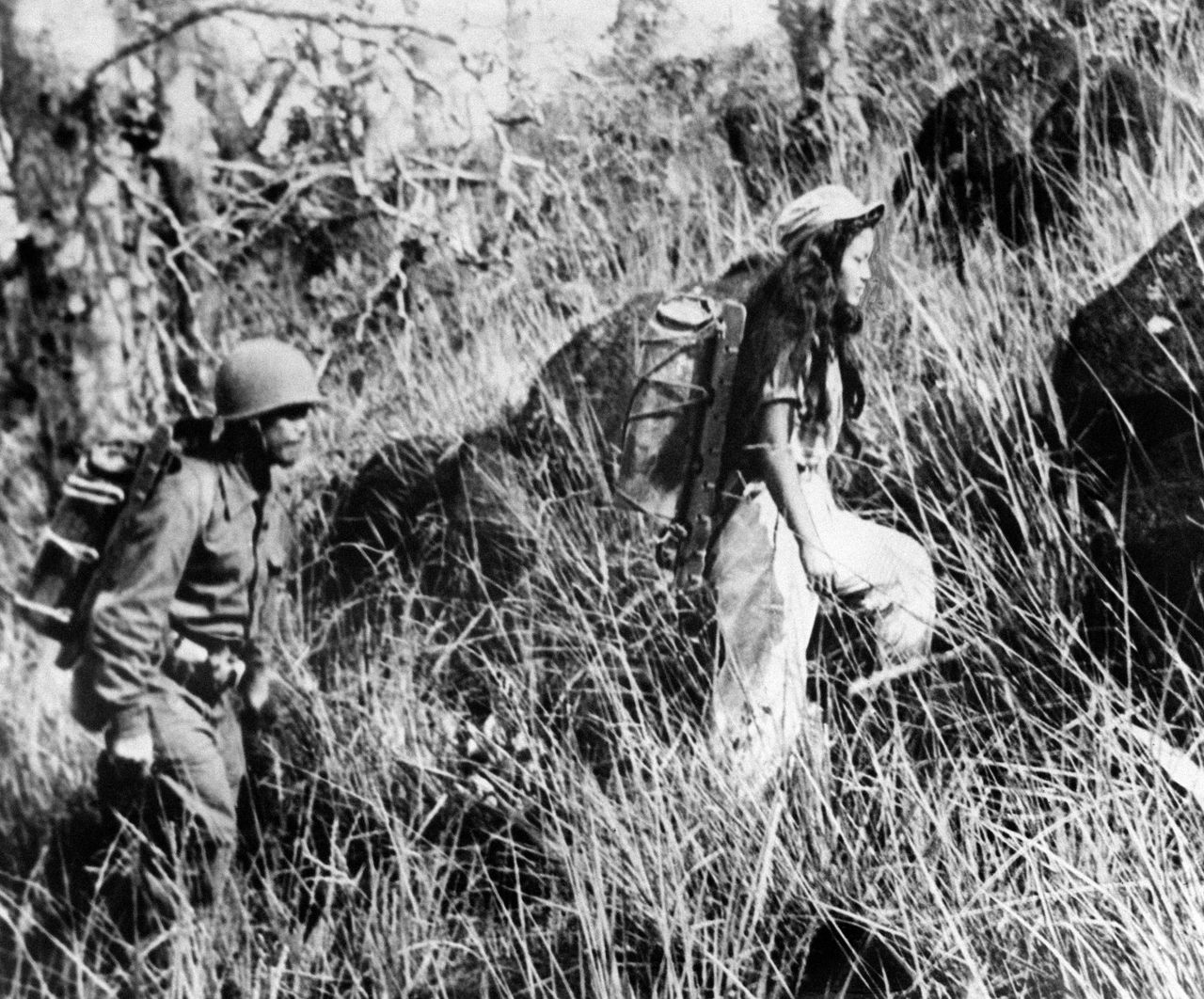

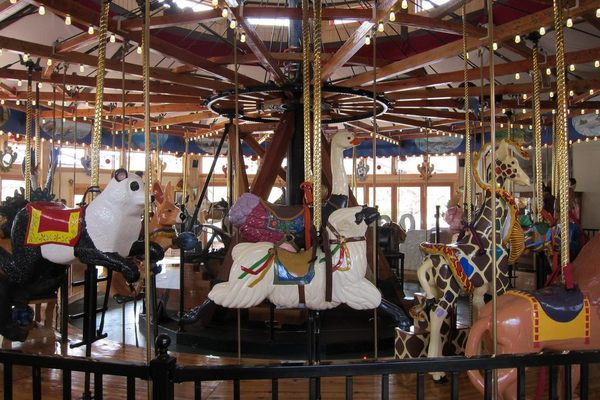
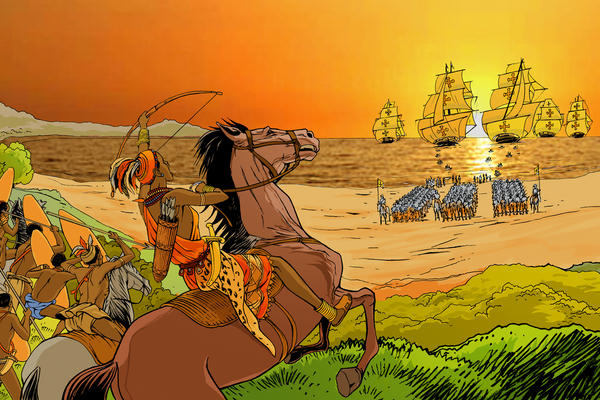
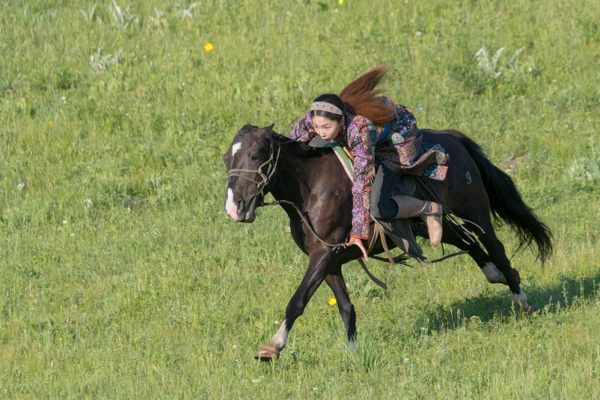
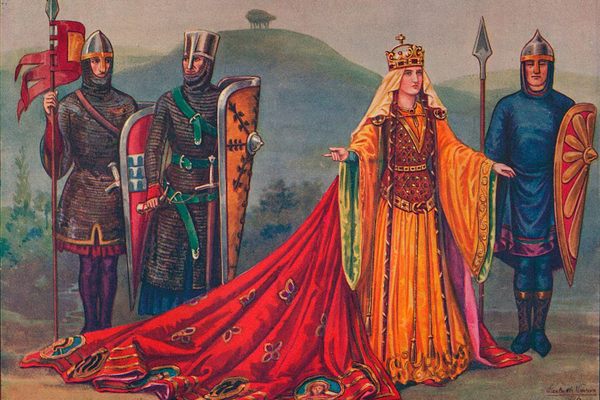
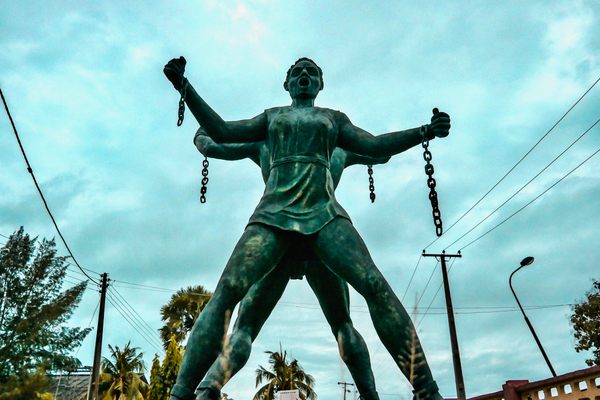


















Follow us on Twitter to get the latest on the world's hidden wonders.
Like us on Facebook to get the latest on the world's hidden wonders.
Follow us on Twitter Like us on Facebook